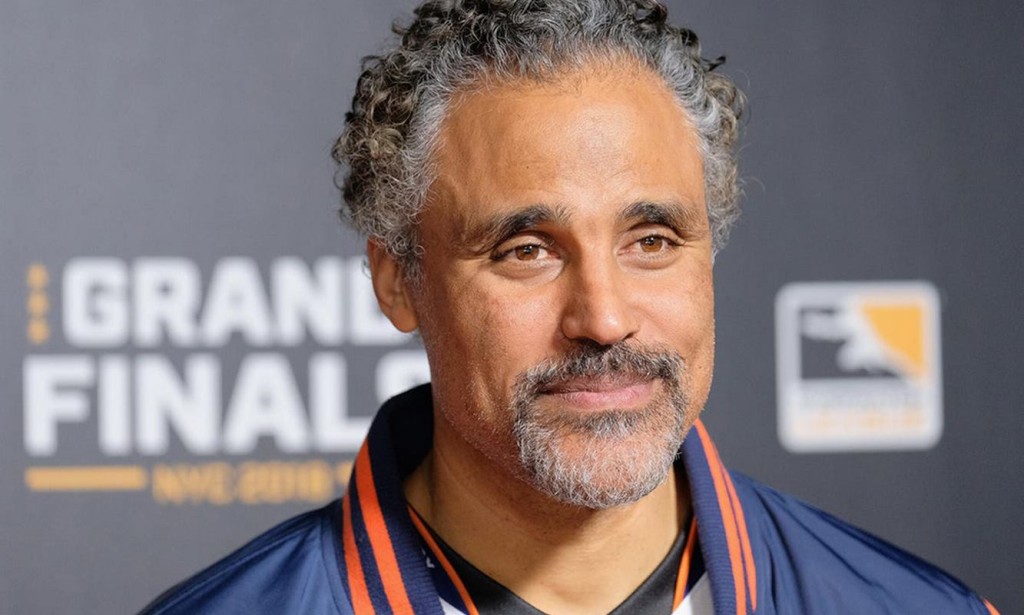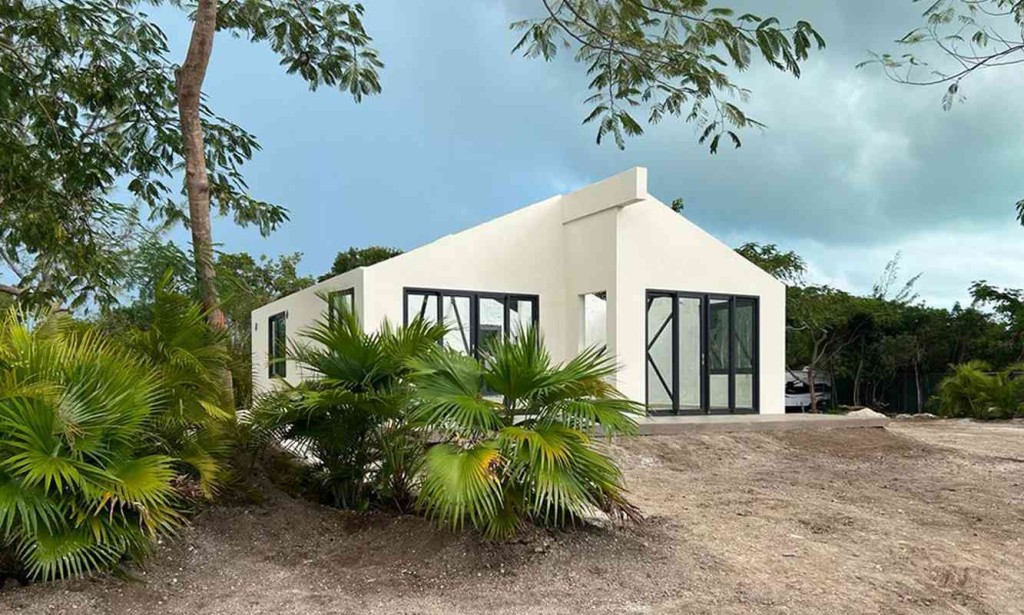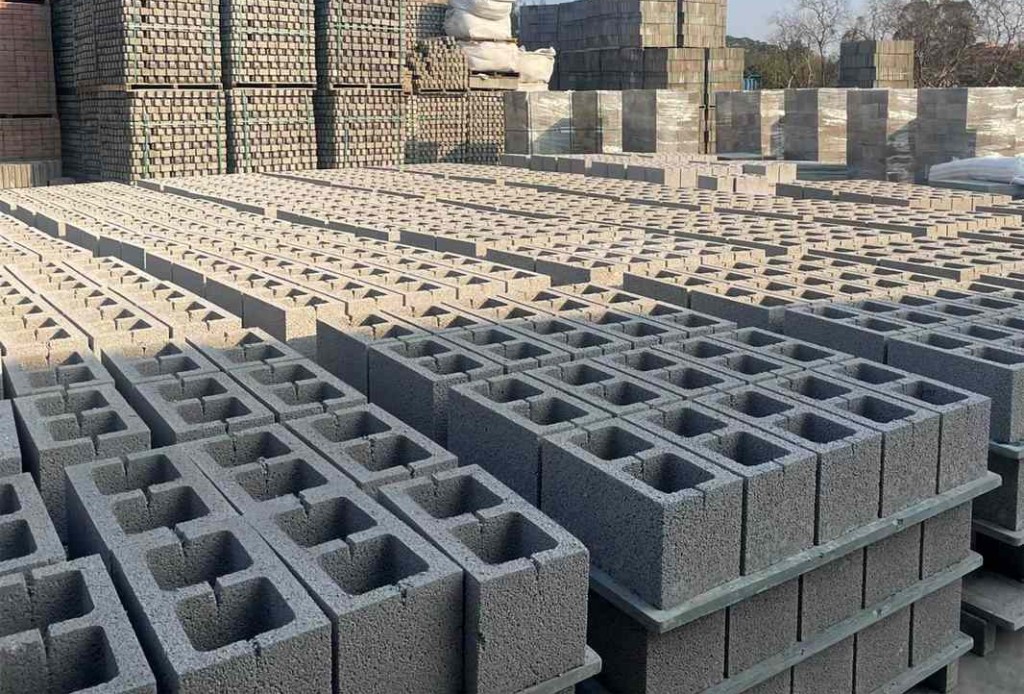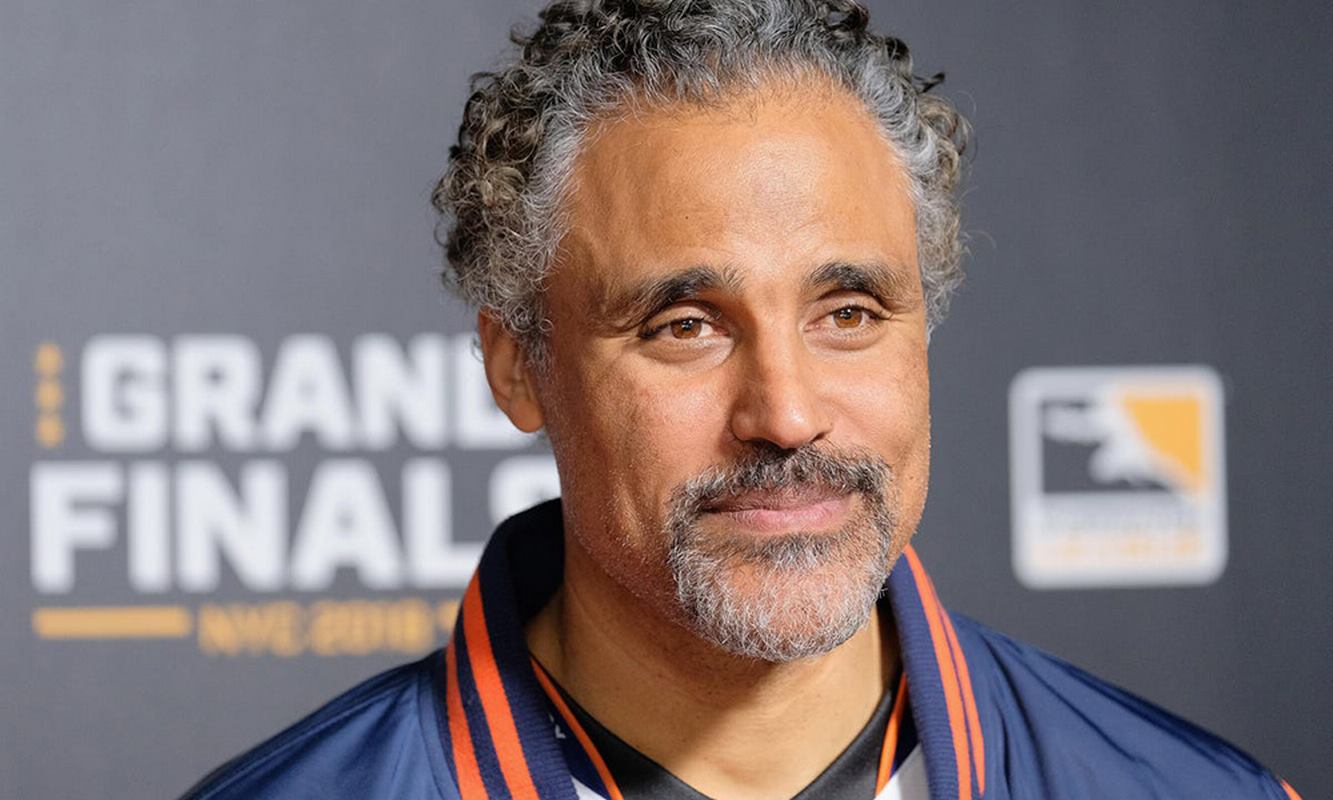
If someone asked you what Rick Fox was famous for, you would have to say the three NBA Championships he won with the Lakers, but the next generation might know him instead as the face of sustainable concrete.
Believing that tropical storms are becoming more intense due to carbon content in the atmosphere, Fox went all in and became the co-founder and CEO of Partanna which manufactures concrete that absorbs more carbon from the air than it contributes during manufacturing.
It all happened back in 2019 when Fox received a call from his manager just after Hurricane Dorian smashed into Fox’s home on the Bahamas, the country where he grew up. His manager, who was also displaced by a natural disaster—the fires in California in 2018, said she had met an architect called Sam Marshall who was developing carbon-negative concrete.
Fox, whose post-NBA career has included dozens of acting credits, as well as production work, and even the sponsoring of an esports team, was nevertheless able to find time to team up with Marshall to launch Partanna. The firm just received $12 million in seed funding from Cherubic Ventures.
“I’ve been a part of a lot of amazing journeys and industries, from entertainment to movies and TV. I’ve been on sets with Oscar-winning actors and directors, and I’ve been on championship NBA teams. There’s been nothing more rewarding for me in my life than to be a part of this team where we’re leaving something behind,” Fox told TechCrunch+, reporting on the funding announcement.
MORE SPORTS HEROES: Shaquille O’Neal Gives Teen 10 Pairs of New Size 18 Shoes to Pay Forward Childhood Good Deed
Every part of the concrete process is designed to reduce its environmental impact.
Instead of using Portland cement, which is a major source of carbon emissions, they use a special mixture of natural and recycled ingredients that’s cured at ambient temperature rather than the high temps that make concrete and cement responsible for the largest share of the manufacturing emissions pie chart.
The binder components consume CO2 as they cure, which means they actually remove carbon from the atmosphere. They use a brine activator that’s found in natural pozzolans, which helps avoid using the energy-intensive clinkering process.


What this means for the bottom line is that a 1,250 square-foot home made with Partanna absorbs 22.5 tons of CO2, rather than emitting 77 tons, which is what a house that large would otherwise do.
Fox sees Partanna as offering the most to those in disaster-prone areas—such as his native Bahamas, where Partanna and the Government of the Bahamas announced their intent to develop the world’s first carbon-negative affordable housing development.
MORE SUSTAINABLE MATERIALS: Visionary Gardener Turns Piles of Beached Seaweed Into Bricks for Sustainable Construction
“Convincing the industry that Partanna is a viable alternative to cement—we hope that the successful delivery of homes in The Bahamas, and our growing project pipeline, will help to evidence the strength of our technology,” Fox said in a statement.
Because the company captures carbon in their buildings, they started selling carbon credits—a product that companies can buy to offset the emissions from their operations. In this case, the credits are buildings for poor people in the Bahamas or Saudi Arabia—where they recently signed an agreement with development company Red Sea Global to build a manufacturing facility on Saudi’s Red Sea coast.
SHARE Rick Fox’s Important Project With Your Friends…




















